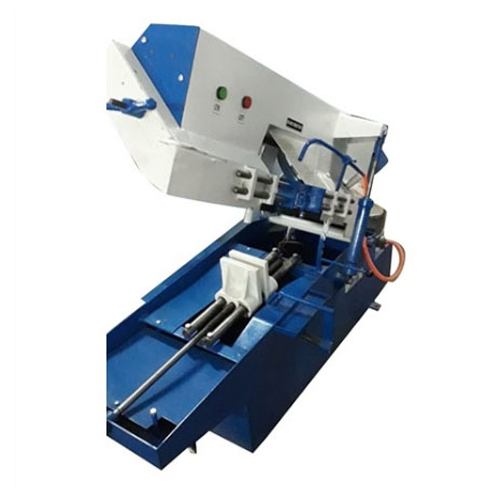Schedule a Call Back
Are CNC titans embracing Industry 4.0's mighty evolution?
 Articles
Articles- Sep 01,23

Related Stories

Caliber Interconnects showcases AMRs and robotic handlers at Automation Expo
Caliber’s Autonomous Mobile Robots (AMRs) are AI-driven, customizable automation solutions engineered for industries such as warehouse logistics, manufacturing, e-commerce fulfilment, healthcare, ..
Read more
Empowering India’s Electronics Revolution with Advanced Glass Powder Solutions
Glass powder from Japan's Nippon Electric Glass (NEG) offers unmatched performance. The company, at Electronica India 2025, will showcase how its innovative glass powder technologies are shaping the..
Read more
Beyond fixed automation: The rise of dynamic factory systems
In this article, Emily Newton highlights how dynamic factory systems use AI and automation to boost resilience, efficiency, and flexibility in manufacturing.
Read moreRelated Products

Angular Head for Vertical Machining Center
Sphoorti Machine Tools Pvt Ltd offers angular head for vertical machining center.

Universal Tapping Machine -model Tr-10/15
Tapping
Machine Tools offers universal tapping machine -model TR-10/15.

Hot Foil Stamping Machine
Friends Engineering Company offers a wide range of hot foil stamping machine.

















